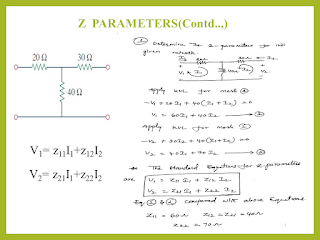Enhance Grid Stability
Grid stability is crucial for the reliable and efficient operation of an electrical power system. Enhanced grid stability ensures that the system can withstand disturbances, maintain acceptable voltage and frequency levels, and quickly recover from disruptions. Here are several measures to enhance grid stability: 1. **Advanced Monitoring and Control Systems:** - Implement advanced Supervisory Control and Data Acquisition (SCADA) systems to monitor and control the grid in real-time. - Utilize synchrophasor technology for high-speed, time-synchronized measurements that provide a more accurate view of the grid's dynamic behavior. 2. **Wide-Area Monitoring Systems (WAMS):** - Deploy WAMS to enhance situational awareness by collecting and analyzing data from various points across the grid. - Use wide-area measurements to identify system oscillations, voltage instability, and other dynamic phenomena. 3. **Energy Storage Systems:** ...




